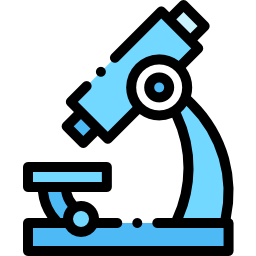PGD/NGS
PGD/NGS
The couples who are at increased risk for chromosome abnormalities or specific genetic disorders benefit most from PGD/NGS, especially the women who have had several miscarriages, or who have had a prior pregnancy with a chromosome abnormality.
When there is a chance to have a child affected with a specific genetic disease due to a carrier or ill mother and/or father, PGD/ NGS might be planned to identify which embryos are affected, unaffected, or a carrier for that disease.
After embryos are grown for five to six days, the biopsy for PGD/ NGS is done on embryos. Biopsy involves removing a few cells from the trophectoderm, or the layer of cells that is ‘hatching out’ of the embryo at this stage of development. The embryos must be cryopreserved until the PGD test concludes and frozen embryo transfer (FET) cycle is planned for use of healthy embryos. Decisions regarding selection of embryos to transfer into the uterus are made with the advice of both the IVF and genetic specialists.
We recommend PGD/ NGS for:
- Couples who want to know the gender of the embryo which will be transferred
- Women who have habitual miscarriage history
- Couples who have risk to transfer chromosomal abnormalities or monogenic disorders, such as sickle cell disease
- Couples who have lots of failed IVF treatment
Other Topics

General Information
After thoroughly investigating all potential causes of infertility in the couple, the underlying causes are identified and treatment options are reviewed.
Read More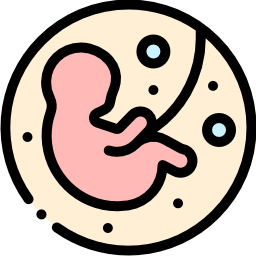
How is Artificial Insemination (IUI) Performed
It is a treatment option for specific conditions. The cost of this treatment option is low. Although the success rates of intrauterine insemination (IUI) are not.
Read More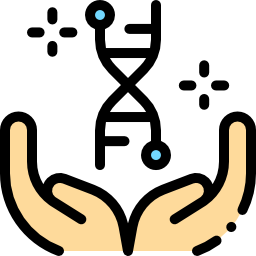
What is In Vitro Fertilization (IVF) Therapy?
It is the most preferred treatment option achieving high success rates in current technological advances. Unlike the ovulation induction method, this method aims to grow 7-15 egg cells.
Read More
Egg Freezing (Oocyte cryopreservation):
Unfortunately, the reproductive potential of women declines by advancing age. Because both the quality and quantity of a woman's eggs, diminishes with age while the uterus maintain its ability to carry a pregnancy.
Read More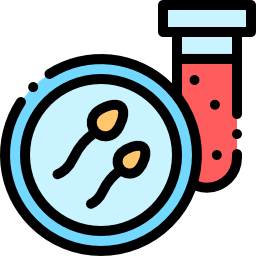
Tese/Micro TESE & Sperm Freezing
TESE is an invasive procedure utilized to locate sperm in men with azoospermia (no sperm in semen) or severe testicular failure. Micro TESE is a small surgical operation performed with a microscope and samples are taken from the appropriate parts accordin
Read More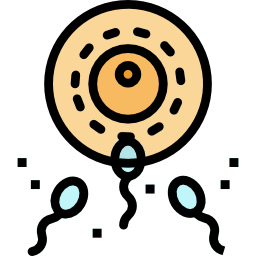
Embryo Freezing (cryopreservation)
Embryo freezing is a method of preserving the viability of embryos by carefully cooling them to very low temperatures (-196 0 C ).
Read More
